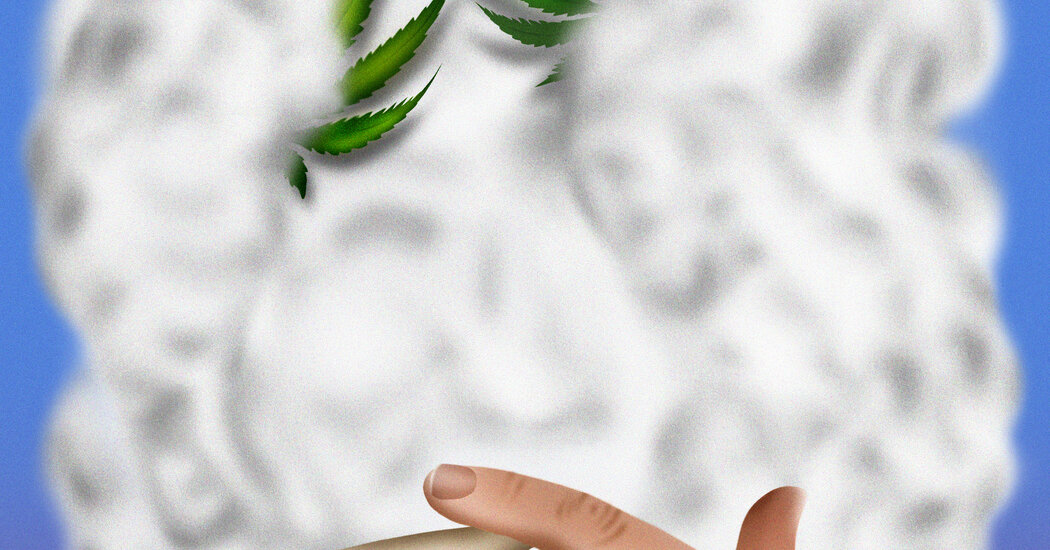Marijuana’s addictive potential, though, gives us at least one reason to worry. Modern psychiatry tends to characterize addiction — today usually called “substance-use disorder” — as continued use of a substance in spite of negative consequences. The Centers for Disease Control and Prevention notes that roughly three in 10 marijuana users qualify as having a “cannabis-use disorder,” known as CUD; the Diagnostic and Statistical Manual defines CUD in part as “an inability to stop using marijuana even though it’s causing health and social problems.” Federal survey data indicate that 19 million Americans suffered from cannabis-use disorder in 2023.
This may come as a surprise to readers who have heard that marijuana is not “physically addictive,” meaning that marijuana does not induce dangerous withdrawal the way alcohol does. But it is entirely possible for regular marijuana users to develop tolerance (needing more to generate the same effect) and dependence (experiencing unpleasant symptoms when they don’t use). Nearly half of regular cannabis users will experience “marijuana withdrawal,” characterized in the journal Addiction as involving anxiety, irritability, anger, depression and sometimes “chills, headaches, physical tension, sweating and stomach pain.”
Somewhat perversely, our culture regards such people with amusement. If someone says they need to start drinking the moment they wake up, we say they have a problem; if they “wake and bake,” we think that’s kind of funny. But in reality, cannabis-use disorder can be debilitating, causing problems with concentration, memory, focus and motivation, as well as mental-health issues. As with any addiction, marijuana can come to take priority over the rest of the user’s life, causing job loss, damage to personal relationships and profound distress. “Do people die from cannabis-use disorder? Almost never, unless they have an accident,” says Keith Humphreys, an addiction specialist at Stanford University. “But can their lives be severely damaged? Absolutely.”
Cannabis-use disorder is still less widely recognized than other addictions. Humphreys says that’s because it was less common when marijuana was less potent. According to the National Institute on Drug Abuse, average THC concentration has risen from around 4 percent in the mid-1990s to 15 percent in 2021. Legalization has also permitted the production and sale of high-potency concentrates, with THC levels as high as 80 percent. As a result, addiction has become more common, even as public perception has lagged.
Although more data are needed, the best evidence indicates that where legalization has taken place, addiction has surged. A 2023 review of the literature found that the research “generally support[s] an increase in CUD prevalence among adolescents and adults post-legalization.” This makes sense. Legalization has let companies create higher-potency products. It has also let them advertise to users, which can trigger cravings in much the same way that sports-gambling ads trigger people to place bets. And most of all, it has made pot more available, at lower prices than ever, making it easier for people on the margins of addiction to be pushed into overconsuming.
